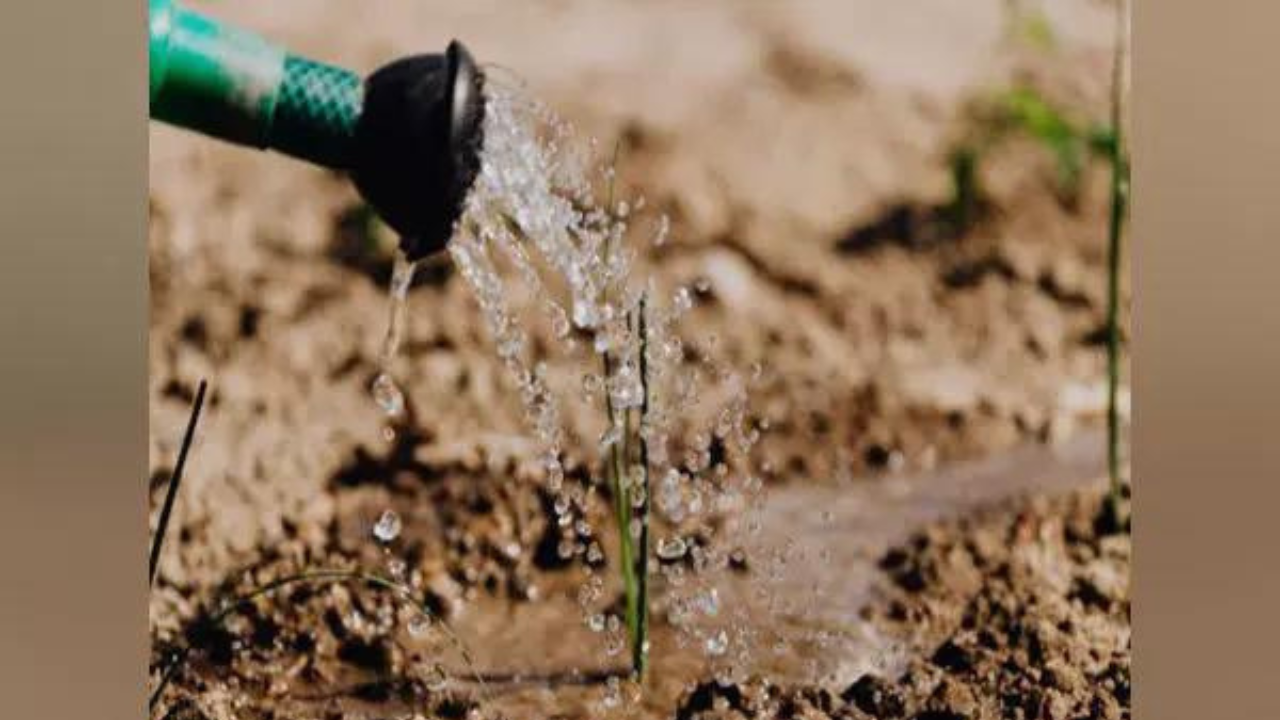[ad_1]
Understanding why they settle in new regions and how they got there in the first place is crucial if we are to lessen the harmful effects of their presence. Unfortunately, not enough research has been conducted on this topic, and the answers may not always be evident.
Research and Better Border Biosecurity (B3) research team evaluated the biological risk posed by dirt on the external surfaces of sea freight such as shipping containers or used machinery at New Zealand seaports.
The researchers expected that their study would make it easier to analyse the relative biosecurity hazards of alternative introduction paths and contribute to the creation of more effective countermeasures.
The study discovered dirt on most forms of sea freight, regardless of origin, with all soil potentially carrying bacteria, including plant diseases. The amount of dirt recovered from a single marine container was 5.3 kg, while the overall mean weight of sea freight collected was 417g, with the majority of the soil located on the underside of sea freight.
“While the presence of soil is perhaps not surprising, the presence of live bacteria, fungi, worms, seeds and insects associated with the soil was of greater concern. Various regulated biosecurity organisms were recovered from the samples, including plant-parasitic worms, seeds, insects and spiders that were not recorded as being present in New Zealand,” says Mark McNeill of AgResearch, who led the study.
“Not only does the spread of exotic species through these networks represent significant environmental, economic and social costs to natural and agricultural environments if invasive alien species were to establish, a loss of biodiversity is also an expected consequence of invasive alien species establishment. For islands, the implications can be significant, as they have high levels of endemism and invasive alien species establishment can lead to the extinction of species as well as biodiversity declines,” the researchers write in their paper, which was published in the open-access journal NeoBiota.
Compared to a previous study on contaminated footwear carried in luggage by international airline passengers, the number and diversity in soil on sea freight was smaller than soil transported in more protected environments (e.g., footwear in luggage). This showed that biosecurity risk can vary with pathway.
However, prioritising one soil pathway over another according to the risks they present, and differentially allocating resources is problematic, because the relative risk is dynamic, dictated by factors such as new pests or diseases entering the respective pathways.
Even so, the researchers suggest that contaminated sea freight is an important introduction pathway for exotic species. The establishment of such species can be prevented by cleaning containers prior to departure, inspection at the border, and further cleaning where required.



